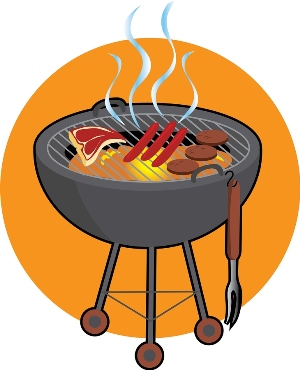 It never ceases to happen. During the warmer months when bees are active, someone in the family inevitably gets stung. Learn about home remedies for bee stings so you know how to treat them.
It never ceases to happen. During the warmer months when bees are active, someone in the family inevitably gets stung. Learn about home remedies for bee stings so you know how to treat them.
Some people are highly allergic to bee and wasp stings. If they begin having problems breathing, their tongue swells, or they have a sudden rash, get them to the doctor immediately. They may be going into anaphylactic shock; some allergic reactions can be fatal.
In most cases, people with that severe an allergy will have an epinephrine pen with them. Using this pen immediately upon being stung could very well save their life.
Even if you and your family don’t have severe allergies to bee stings, you’ll want to know what to do should you be stung. Here are the three main actions you can take:
1. Remove the stinger. You can do this by scraping your fingernail across it. If that doesn’t work, use a credit card or the back of a plastic knife. Any stiff surface which can scrape the sting and extract it from the skin will do.
2. Clean the wound with warm water and a mild soap. Rinse it with warm water and then pat the area dry.
3. Find something to relieve the pain.
One of the easiest home remedies for bee stings is a plant most people consider to be a weed. You probably have this in your yard; it’s called plantain.
There are two varieties – broad leaf and long leaf. They can be found growing in the cracks of your sidewalk or along your garden. If possible, use the broad leaf plantain.
Pick a few leaves from an area that hasn’t been sprayed or isn’t near the road. Chew the leaves up in the front of your mouth. After the leaves are pulverized somewhat, spit the leaves and saliva out and onto the sting. Hold that there until the pain subsides. Repeat if necessary.
Baking soda and water made into a paste will also work. Mix a two-to-one ratio of baking soda to water and stir it well. This will make a paste which can be applied to the skin.
You may already be crying from the bee sting but you may want to go ahead and cut up an onion. Laying a slice of freshly cut onion on the sting will also provide relief. Of course, if you use an onion, you may smell a little after the pain has eased.
Raw apple cider vinegar is also a good home remedy for bee stings. This can be found at health food stores and can be used for cooking besides first aid. Dab a little vinegar on the wound to draw out the poison that may be left after cleaning and to prevent swelling.
Wet an aspirin and place it on the sting or make a paste of meat tenderizer and water to use on the sting. Either of these will reduce the inflammation and neutralize the poison.
The above home remedies for bee stings have been used for years and are proven to be effective. Remember to remove the stinger, clean the wound, and then treat it. Watch for allergic reactions and get medical help should they become evident.










